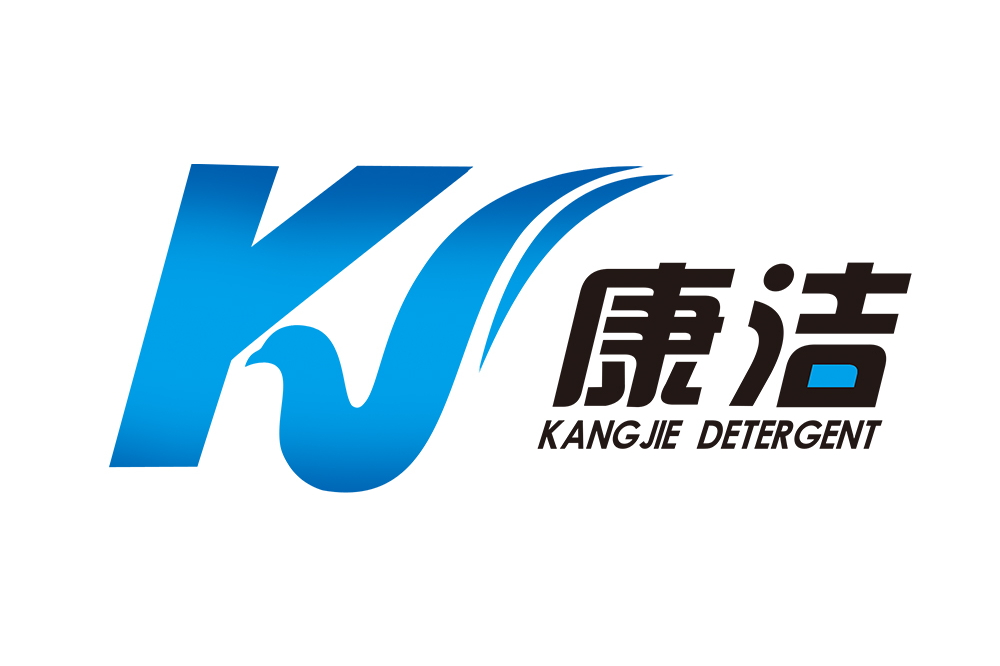Aproveitar ao máximo os produtos de limpeza é muito importante para manter os espaços onde vivemos e trabalhamos limpos e higiênicos. A forma como aplicamos esses produtos faz toda a diferença quanto à sua eficácia. Muitas pessoas não percebem que seguir algumas orientações simples pode fazer com que os produtos de limpeza funcionem melhor do que simplesmente despejá-los sobre as superfícies. Este texto explora diferentes formas de obter o máximo proveito dos produtos de limpeza domésticos. Vamos abordar técnicas que ajudam a remover manchas difíceis sem desperdiçar recursos ou gastar dinheiro extra. O objetivo é claro: espaços mais limpos, menos desperdício e hábitos de gastos mais inteligentes na manutenção do lar.
Compreendendo os Produtos de Lavagem
Os produtos de limpeza aparecem atualmente em diversos formatos, desde garrafas líquidas até pacotes de pó e aquelas práticas cápsulas pequenas. Saber o que contém cada um é muito importante para limpar corretamente. Considere, por exemplo, o detergente para roupas: a maioria das marcas inclui enzimas que atacam diretamente as manchas mais difíceis. O sabão para louças age de forma diferente, normalmente contendo surfactantes que se ligam à sujeira gordurosa e a removem com a água. Conhecer o que torna cada produto eficaz ajuda as pessoas a escolherem aquele que funciona melhor para o que precisam lavar em casa. Algumas pessoas até são fiéis a certas marcas apenas pela eficácia delas contra tipos específicos de sujeira ao longo do tempo.
Medir a Quantidade Correta
Muitas pessoas tendem a colocar uma quantidade excessiva de detergente nos ciclos de lavagem sem perceber as consequências. Quando exageramos no uso desses agentes de limpeza, eles deixam resíduos persistentes tanto nas roupas quanto nos pratos, causando aquela aparência triste e esbranquiçada que ninguém deseja. As instruções na embalagem realmente são importantes aqui. A maioria das marcas inclui aquelas pequenas colheres ou copos dosadores por um bom motivo. E não devemos esquecer das condições reais também. Uma pequena quantidade de jeans pouco usados certamente não precisa de tanta quantidade de sabão quanto aquela montanha de roupas sujas do ginásio usadas pelas crianças. Acertar na dose economiza dinheiro a longo prazo e mantém tudo com aparência fresca, ao invés de suja, apesar da aparência.
A Temperatura Importa
A temperatura da água faz realmente diferença em relação a quão bem os produtos para lavagem funcionam. A água quente tende a dissolver a maioria dos detergentes melhor e a remover aquelas manchas teimosas que simplesmente não saem. A água fria funciona bem para roupas que não estão muito sujas e ainda economiza energia no processo. As pessoas frequentemente esquecem desta dica simples. Da próxima vez, antes de iniciar uma lavagem, dê uma rápida olhada no que está escrito nas embalagens dos detergentes ou dos amaciadores de tecido. Muitos fabricantes chegam até a imprimir ali as temperaturas recomendadas da água. Alguns inclusive alertam contra o uso de água quente com certas fórmulas ecológicas. Uma rápida verificação pode economizar dinheiro e frustrações no futuro.
Considerações Ambientais
Mais pessoas parecem estar pensando sobre o impacto que causam ao meio ambiente ultimamente, então não é surpresa que produtos de limpeza ecológicos estejam se tornando populares entre os consumidores. O que diferencia esses produtos? Eles contêm ingredientes que se decompõem naturalmente e geralmente evitam substâncias agressivas que acabam prejudicando nossos corpos d'água e o solo. Comprar com inteligência significa verificar rótulos como o Safer Choice da EPA ao escolher produtos para a lavanderia. Outra boa alternativa é optar por versões concentradas de detergentes, já que elas vêm em embalagens menores e geram menos resíduos no total. Adotar práticas verdes não é bom apenas para a Mãe Natureza. Muitos usuários relatam resultados melhores também, provavelmente porque essas alternativas mais limpas tendem a funcionar tão bem quanto, e sem todos os aditivos extras encontrados nas marcas tradicionais.
Armazenamento Seguro dos Produtos de Lavagem
Se queremos que nossos produtos de limpeza funcionem corretamente, o local onde os guardamos é muito importante. Armazene esses itens em um lugar fresco e seco, longe do sol ou de locais úmidos, pois o calor e a umidade podem degradá-los ao longo do tempo. Também é essencial pensar na segurança: crianças e animais de estimação não devem ter acesso a esses produtos, então é melhor colocar os recipientes em locais altos ou trancados em um lugar seguro. Ah, e não se esqueça de verificar as datas de validade de vez em quando. Descarte qualquer produto que esteja fora do prazo, pois detergentes antigos não limparão mais como deveriam.
Tendências e inovações do sector
O mundo dos produtos para lavanderia está mudando rapidamente, já que as empresas buscam limpar melhor e ao mesmo tempo serem mais gentis com o planeta. Temos visto diversas novidades ultimamente, como aquelas embalagens que se decompõem naturalmente após o uso e aquelas estações de recarga práticas onde as pessoas podem repor seus detergentes favoritos sem precisar comprar garrafas plásticas toda vez. A tecnologia também avançou bastante. As máquinas de lavar inteligentes agora conseguem determinar exatamente quanto água e sabão são necessários, dependendo do que está dentro e de quão sujo está de fato. Para quem se preocupa em economizar dinheiro e reduzir o desperdício, manter-se informado sobre essas inovações faz toda a diferença na hora de escolher o que levar para a lavanderia. Muitos lares estão mudando de marca ou método simplesmente porque algo mais recente funciona melhor para o seu estilo de vida.

